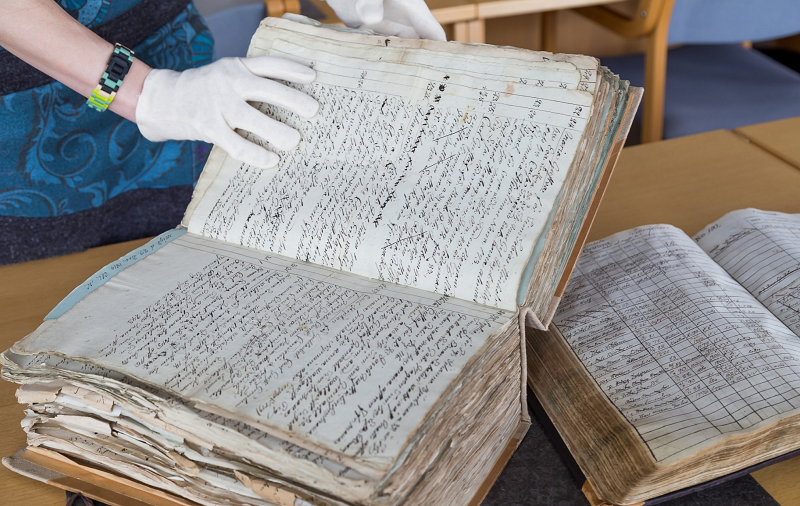
The birth of twins is not linked to women's fertility
Are women who have twins more fertile? According to a detailed analysis of more than 100,000 births to women born between 1700 and 1899, published on 24 May 2022 in Nature Communications, involving a CNRS researcher1 , the answer is no. Indeed, analysis on the offspring of twins shows that they are not exceptionally fertile when compared to the rest of the population. In addition, without refined statistical analysis, previous studies on the subject could not determine whether women have twins more often because they frequently release more than one egg during ovulation, or whether it is the multiplication of pregnancies that increases their chances. This new publication supports the second hypothesis, by demonstrating that women with a high chance of having twins generally have reduced fertility. Finally, according to this study, there are two reasons why twinning has not been eliminated by natural selection. The first is consistent with the idea that the birth of fraternal twins is a consequence of double ovulation, which compensates for reproductive ageing, thus increasing the chance of having twins as age advances. Secondly, some of the evidence shows that, even with a decrease in pregnancies, when twin survival is sufficiently high, the total number of children increases.

© Université de Turku, Finlande

© Université de Turku, Finlande

© Université de Turku, Finlande
- 1François Rousset, CNRS researcher at the Institut des sciences de l’évolution de Montpellier (CNRS/Université de Montpellier/EPHE/IRD)
Mothers with higher twinning propensity had lower fertility in pre-industrial Europe. Rickard IJ, Vullioud C, Rousset F, Postma E, Helle S, Lummaa V, Kylli R, Pettay JE, Røskaft E, Skjærvø GR, Störmer C, Voland E, Waldvogel D & Courtiol A. Nature Communications, 24 mai 2022. DOI:10.1038/s41467-022-30366-9


